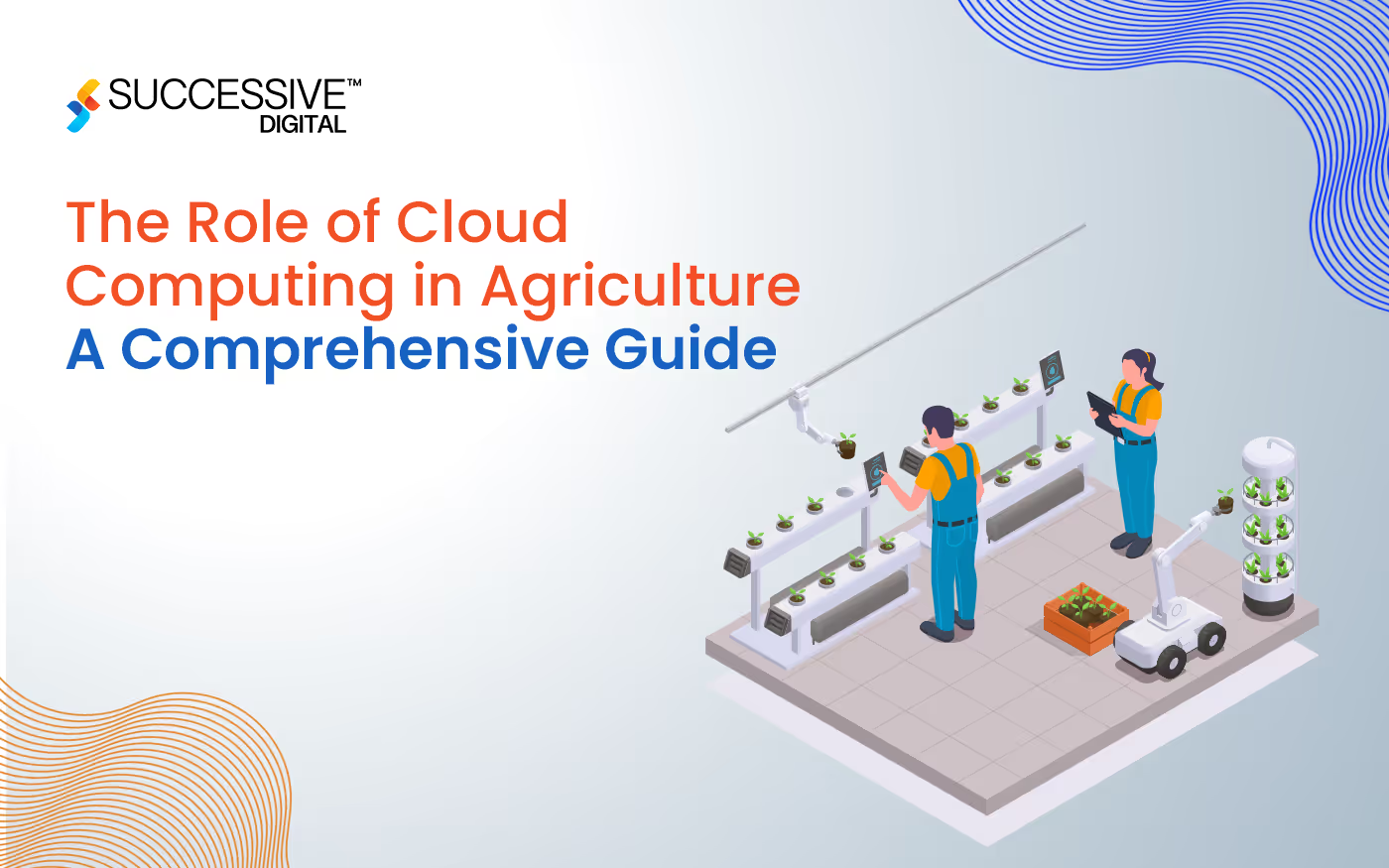Modern-day eCommerce has moved a step further towards delivering the best possible customer experience. Amidst this effort, businesses are looking to invest in strategies and solutions that help them revolutionize shopping experiences and maintain consistency across devices. The market has witnessed that eCommerce brands that provide consistent customer shopping experiences across multiple devices tend to build stronger customer relationships and boost sales than those that don’t.Cross-platform eCommerce app development is one such potent solution that can help businesses provide a consistent and connected experience. By building such apps, businesses can ensure that their online store runs smoothly across devices and operating systems and automatically adjust the UI/UX design according to the device so that customers can easily navigate and shop on their own terms.
Why Do Consistent Experiences Matter in eCommerce?
Customers today utilize multiple devices to search, scroll, and purchase their preferred products and services. For example, they might use a web browser to search for a pair of jeans, scroll through a web app to read reviews and double-check brand quality, and finally, use a mobile app to make the purchase. Hence, they expect a consistent shopping experience across all devices. Therefore, leveraging platform independence is essential for your business and is possible with cross-platform eCommerce apps. Also, read our blog on how digital transformation is reshaping commerce for improving customer experience. It will help you understand the role of modern technologies in revolutionizing how customers shop and perceive your products.
Here are the benefits of building consistency in eCommerce:
- Authenticity
By providing consistent experiences through cross-platform apps, you can build an authentic brand image for your customers. A positive brand reputation demonstrates to customers that your brand possesses self-awareness, is true to itself, and remains loyal to its customer base. This key factor draws the right target audience towards your brand.
- Customer Satisfaction
Consistent customer shopping experience is a key factor in enhancing customer satisfaction. Building an app that can run simultaneously across screens (web browser, web app, or mobile app) from a single codebase can help maintain consistency in showcasing your products without you having to worry about the disruption in visual content across these devices. In this case, when a user switches quickly from the web browser to the mobile app, the product content remains coherent and contributes to positive customer satisfaction.
- Trust & Loyalty
Brand consistency also entails trust. Thanks to consistent messaging across different devices, customers feel like they know the business, which gives them a sense of loyalty towards your brand.
Cross-Platform eCommerce App Development: An Overview
Cross-platform eCommerce app development refers to creating an eCommerce application that can run on multiple platforms, such as iOS, Android, and the web. This approach allows developers of the eCommerce app development company to write code once and deploy it across different platforms, saving time and resources compared to developing separate applications for each platform.Several frameworks and tools are available for cross-platform eCommerce app development, such as React Native, Flutter, Xamarin, PhoneGap, and Ionic. These frameworks help build native-like user interfaces that improve product content consistency across devices and enable access to device features while using a single codebase written in languages like JavaScript, Dart, C#, or TypeScript.
Key Benefits of Cross-Platform eCommerce App Development

Cross-platform eCommerce app development offers various benefits to businesses that aim to thrive in the industry. This development approach helps businesses deliver a consistent experience and expands their brand reach. Apart from that, here is the list of benefits you get with cross-platform eCommerce apps:
- Wider Reach
Cross-platform apps can run across multiple platforms, such as iOS, Android, IoT devices, wearable technology, and web browsers. This ensures that customers can access your eCommerce platform regardless of their device or operating system preference, widening your reach and ensuring that you don't miss out on potential customers due to platform limitations.
- Consistent User Experience
Cross-platform apps allow you to maintain a consistent user experience across different devices and platforms. This consistency is crucial for building customer loyalty and boosting customer satisfaction, as they can expect the same functionality and usability regardless of the device they use to shop.
- Faster Updates
By maintaining a single codebase for multiple platforms, it becomes easier to deploy updates and fix bugs in one go, simultaneously across all platforms. This ensures that customers can access the latest features and improvements irrespective of the device, leading to a more seamless and consistent shopping experience.
- Improved Performance
Modern cross-platform development frameworks leverage native components and APIs to deliver near-native performance on each platform. This ensures that your eCommerce app is fast and responsive, providing a smooth shopping experience for customers.
- Cost-Effectiveness
Developing separate apps for different platforms can be costly and time-consuming. To tackle these challenges, cross-platform development frameworks such as React Native or Flutter enable you to build and maintain a single codebase for multiple platforms, reducing development costs and speeding up time to market as customers expect faster solutions to their underlying issues.
- Enhanced Personalization
Since cross-platform eCommerce apps can run across multiple platforms, they can leverage user data gathered from each platform to provide more personalized shopping experiences. By analyzing customer behavior across different platforms, you can offer targeted product recommendations, promotional push notifications, and content that resonates with individual preferences and interests. This personalization level helps improve customer experiences and chances of repeat purchases.
Step-by-Step Guide to Cross-Platform eCommerce App Development
- Define Objectives and Conduct Market Research
The first step in cross-platform eCommerce app development is to define clear objectives for your app and what outcomes you expect to achieve with it. You should also consider factors such as your target audience, business goals, unique selling points, and desired features, which are crucial to building a custom application that aligns with your goals. You can also conduct market research to understand customer preferences, competitor offerings, market gaps, and emerging trends in the industry. Once you create an idea, validate it. Not all ideas are feasible enough to achieve market success.
- Choose the Right Cross-Platform Framework
The next step is to select the right cross-platform framework. This is the foundational step, as it will impact your app's development process, performance, and success. Evaluate different frameworks based on factors such as performance, scalability, community support, and compatibility with your project requirements. You may also consult a cross-platform app development company to make the right decision.Popular cross-platform frameworks include Flutter, React Native, Xamarin, and Ionic.
- Design User Interface
Designing an intuitive and visually appealing user interface that can function smoothly across devices is essential for creating a consistent customer experience. Collaborate with a professional eCommerce design company to create wireframes and prototypes that reflect your brand identity and meet user expectations. Their team will focus on consistency across devices, ensuring seamless navigation, accessibility, and responsiveness. They will also pay attention to factors such as typography, color scheme, imagery, and layout to create an engaging user interface.
- Develop Core Functionality
Once the design is finalized, the development firm can begin implementing the core functionality of the cross-platform eCommerce app. This includes features such as:
- Product Listings: Displaying products with detailed descriptions, images, pricing, and availability.
- Search Functionality: Allowing users to search for products based on keywords, categories, filters, and sorting options.
- Shopping Cart: Enabling users to add items to their cart, view cart contents, update quantities, and proceed to checkout.
- Checkout Process: Guiding users through a seamless and secure checkout process, including shipping address entry, payment method selection, and order confirmation.
- Payment Gateway Integration: Integrating with payment gateways such as PayPal, Stripe, or Square to facilitate secure online transactions.
- Test Across Devices
Now that the design and development phase is done, the next step is to test the app thoroughly. This step is essential to ensure that the cross-platform eCommerce app performs seamlessly across various devices, screen sizes, and operating systems. The QA team will conduct functional testing to verify that all features work as intended, including navigation, search, cart management, and checkout. Additionally, they will perform compatibility testing to identify and address issues related to device-specific behaviors, browser compatibility, and platform inconsistencies. Lastly, they will utilize emulators, simulators, and real devices to simulate real-world usage scenarios and validate the app's performance under different conditions.
- Optimize Performance
Optimization plays a crucial role in delivering a smooth and responsive user experience. Optimize the app's performance by addressing these factors.
- Loading Times: Minimize loading times by optimizing resource loading, caching frequently accessed data, and leveraging techniques like code splitting and lazy loading.
- Latency: Reduce latency by optimizing network requests, minimizing unnecessary data transfers, and leveraging techniques like data prefetching and preloading.
- Smooth Navigation: Ensure smooth navigation by optimizing rendering performance, minimizing UI jank and stuttering, and leveraging hardware acceleration where possible.
- Deploy and Monitor
Once thoroughly tested and optimized, the app must be deployed to app stores and web servers for public access. The development team will smoothly deploy your app while adhering to the guidelines of all app stores and servers. After deployment, continuously monitor the app's performance, user feedback, and analytics to identify areas for improvement and address any issues that may arise. Utilize tools such as Google Analytics to track key metrics such as user engagement, retention, conversion rates, and revenue generation. Additionally, make sure to continuously consult the development company even after the app is deployed to ensure they can incorporate regular updates with new features, bug fixes, and performance enhancements, which is essential for the ongoing functionality of your application.
Conclusion
The eCommerce industry is continuously implementing strategies to enhance customer experiences. To achieve this, investing in cross-platform eCommerce app development can be an ideal and cost-effective solution. Building such apps helps businesses maintain consistency in the content delivered, regardless of the device and operating system. So, are you ready to enhance customer experience with a custom cross-platform eCommerce app? Get in touch with us today!
.avif)










.jpg)









